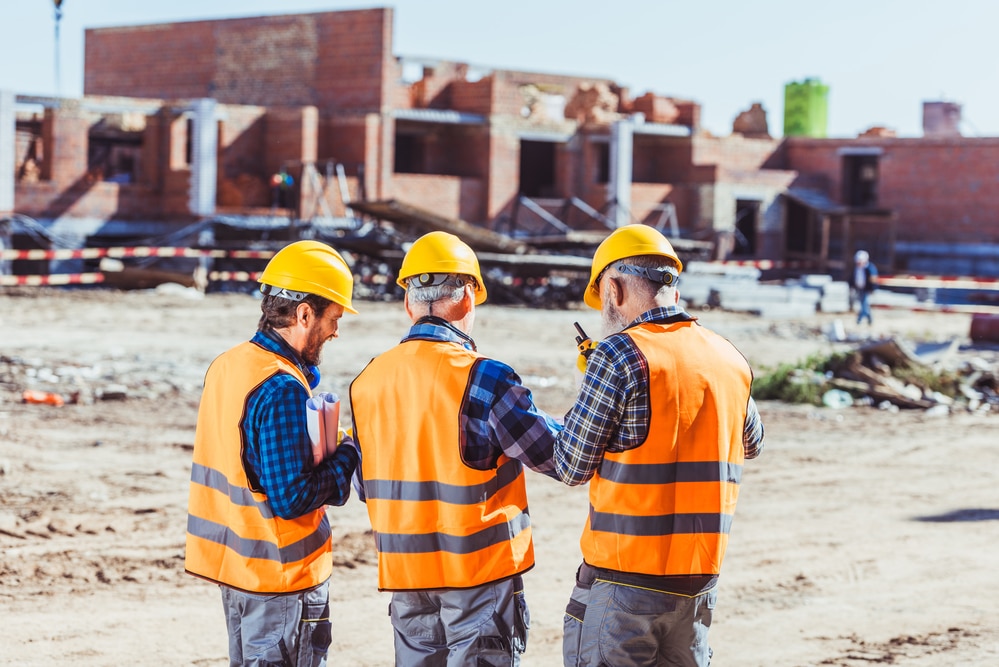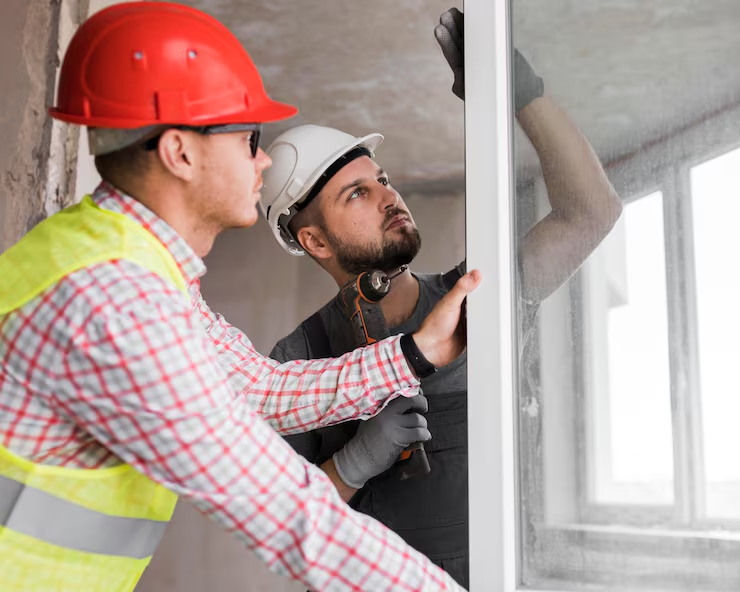
Choosing the Right Environment: Factors Influencing Optimal Construction Sites
Introduction:
Selecting the right environment for construction is a critical decision that profoundly influences the success and sustainability of any building project. The choice of location can impact construction costs, environmental sustainability, and the overall functionality of the structure. In this blog, we will explore the factors that contribute to identifying optimal environments for construction and delve into the considerations that architects, builders, and developers must weigh when embarking on a new project.
1. Geographical Considerations:
Geographical features play a pivotal role in determining the suitability of a construction site. Areas prone to geological hazards such as earthquakes, floods, or landslides require meticulous planning and engineering to ensure the structural integrity of buildings. On the contrary, regions with stable geological conditions offer a more favorable environment for construction, reducing the risks associated with natural disasters.
2. Climate and Weather Conditions:
The climate of a particular location is a crucial factor influencing construction decisions. Extreme temperatures, high humidity, or frequent storms can pose challenges during construction and impact the long-term durability of structures. Conversely, temperate climates with mild weather conditions provide a more conducive environment for construction activities, allowing for smoother workflows and potentially reducing maintenance costs over time.
3. Accessibility and Infrastructure:
The accessibility of a construction site is a practical consideration that directly influences logistics and costs. Proximity to transportation networks, availability of utilities, and the existing infrastructure of the area are crucial factors. Construction in well-connected environments with readily available resources tends to be more cost-effective and efficient. Remote or inaccessible locations may require additional investments in transportation and infrastructure development.
4. Environmental Impact and Sustainability:
The environmental impact of construction is an increasingly significant consideration in today’s context. Building in environmentally sensitive areas, such as wetlands or ecologically rich habitats, may lead to irreversible damage. Optimal construction environments prioritize sustainability by using eco-friendly materials, implementing energy-efficient designs, and minimizing disruption to local ecosystems. Green building practices can contribute to reduced carbon footprints and a healthier planet.
5. Land Zoning and Regulations:
Understanding local land zoning regulations is essential for selecting an optimal construction site. Zoning laws dictate the allowable land use, density, and building heights in a specific area. Compliance with these regulations ensures that the construction project aligns with the intended purpose and meets legal requirements. Failure to adhere to zoning laws can result in costly delays and legal complications.
6. Cultural and Historical Significance:
Building in areas with cultural or historical significance requires careful consideration and respect for the existing heritage. Construction projects in such environments often involve navigating stringent preservation guidelines and working closely with historical authorities. Balancing modern development with the preservation of cultural landmarks is crucial to maintaining the identity and character of a region.
7. Economic Viability:
The economic viability of a construction site is a determining factor for developers and investors. Factors such as land costs, labor availability, and the local economic climate influence the overall feasibility of a project. Assessing the economic landscape of an area ensures that construction aligns with market demands and potential returns on investment.
8. Future Growth and Development:
Choosing an environment that aligns with future growth and development is essential for long-term success. Investing in areas with anticipated economic expansion, population growth, and urban development can position construction projects for sustained relevance and value. Proactive consideration of future trends and demographic shifts is integral to making informed decisions about the construction environment.
Conclusion:
In the dynamic landscape of construction, selecting the right environment is a multifaceted decision that requires careful analysis and consideration. Balancing geographical factors, climate conditions, accessibility, environmental sustainability, and compliance with regulations is crucial for the success of any construction project. Optimal construction environments prioritize safety, efficiency, and long-term sustainability, contributing to the creation of structures that stand the test of time and positively impact the communities they serve. By understanding and evaluating the various factors influencing construction site selection, architects, builders, and developers can contribute to the creation of resilient, functional, and environmentally conscious built environments.


